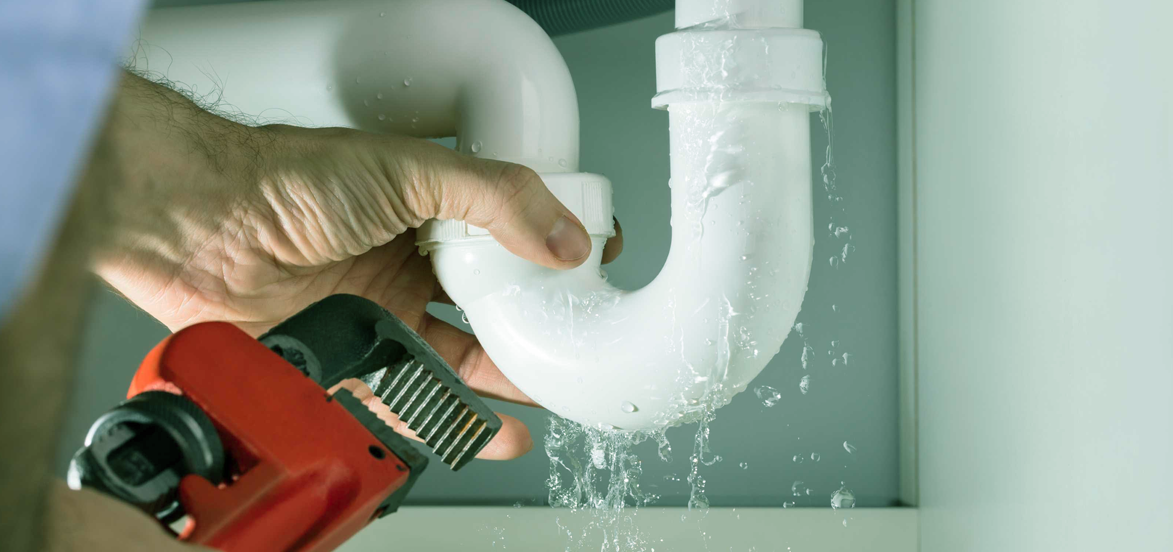Just how to Inspect If Your Home Has a Hidden Leakage
Just how to Inspect If Your Home Has a Hidden Leakage
Blog Article
This great article in the next paragraphs pertaining to Finding hidden leaks is indeed stimulating. Give it a try and make your own personal conclusions.

Early discovery of dripping water lines can mitigate a prospective catastrophe. Some tiny water leaks may not be noticeable.
1. Check Out the Water Meter
Every home has a water meter. Checking it is a proven way that aids you discover leakages. For starters, shut off all the water sources. Make sure no person will purge, make use of the faucet, shower, run the cleaning equipment or dishwashing machine. From there, most likely to the meter and watch if it will alter. Given that no one is using it, there must be no activities. That suggests a fast-moving leak if it moves. If you discover no modifications, wait a hr or 2 as well as inspect back once again. This implies you may have a slow leak that can also be below ground.
2. Check Water Consumption
If you detect sudden modifications, regardless of your consumption being the same, it indicates that you have leakages in your plumbing system. A sudden spike in your bill suggests a fast-moving leakage.
At the same time, a steady increase monthly, despite the very same behaviors, reveals you have a slow-moving leakage that's also gradually escalating. Call a plumber to extensively inspect your home, especially if you really feel a warm area on your floor with piping underneath.
3. Do a Food Coloring Examination
30% comes from commodes when it comes to water usage. Test to see if they are running effectively. Decrease specks of food shade in the tank and also wait 10 minutes. There's a leak between the container and dish if the color somehow infiltrates your dish during that time without flushing.
4. Asses Exterior Lines
Don't forget to examine your outside water lines too. Needs to water leak out of the connection, you have a loosened rubber gasket. One tiny leakage can squander tons of water as well as spike your water costs.
5. Evaluate the scenario and check
Property owners must make it a habit to inspect under the sink counters and also even inside cupboards for any kind of bad odor or mold growth. These 2 warnings indicate a leak so timely interest is called for. Doing routine evaluations, also bi-annually, can save you from a significant issue.
If you understand your home is currently old, keep a careful eye on your heating systems, pipes, pipes and so on. Check for discolorations and deteriorating as most pipes as well as devices have a life expectancy. They will certainly likewise normally weaken because of wear and tear. Do not wait for it to rise if you believe leaking water lines in your plumbing system. Call a professional plumber right away so you don't end up with an awful mess in your home.
Early detection of leaking water lines can minimize a prospective calamity. Some tiny water leakages may not be visible. Examining it is a proven method that aids you find leaks. One tiny leakage can lose loads of water as well as surge your water costs.
If you think dripping water lines in your plumbing system, do not wait for it to rise.
How to Know If Your Home Has a Hidden Leak
Water Meter Reveals Inexplicable Water Usage
If you’d like to test whether or not there’s a leak somewhere in your home, you can do this using your water meter. Here is how to conduct the test:
Don’t use any water in your home for at least 30 minutes; this also means not turning on faucets or water-using appliances.
Go outside, and check your water meter for activity.
If your water meter shows that there was activity, even though no one was using any water, this proves that there is a leak in your home.Visible Mold or Mildew Growth
Leaks behind walls create moist, dark environments that allow mold and mildew to grow and thrive. Eventually, you might see mold growth forming on the wall closest to a hidden leak.
If mold is growing in an area that receives a high amount of moisture, such as a bathroom, it may simply be an indication that better ventilation is needed. However, if you see mold growth on a wall or the ceiling in an area where you would not expect, you probably have a hidden leak.
Musty, Mildew Odor
Sometimes you might not be able to see the mold or mildew that is growing as a result of a leak. However, the smell can give the problem away just as easily. If you catch a whiff of something musty, there’s a good chance that old water is collecting somewhere in your home that you can’t see.
Stained/Warped Walls, Ceilings, or Floors
When your home soaks up water, a variety of red flags can become visible, including ceiling stains, bubbling drywall, warped walls, and sagging floors. While these issues can be caused by excess humidity, they can also be signs that a pipe or plumbing connection has started leaking behind your walls.
Inexplicably High Water Bill
After a while, you get a general sense for what your water bill should be. If you own a pool or sprinkler system, your bill will tend to be higher during summer. However, if you receive a water bill that seems especially high, and you can’t figure out what caused it, then you may have a hidden leak somewhere that’s increasing your bill.
https://www.plumbingjoint.com/blog/2019/july/how-to-know-if-your-home-has-a-hidden-leak/

I was shown that report about Hacks to detect leaks through an acquaintance on a different website. Remember to take the opportunity to share this blog entry if you liked it. I praise you for your time. Please check up our blog back soon.
Report this page